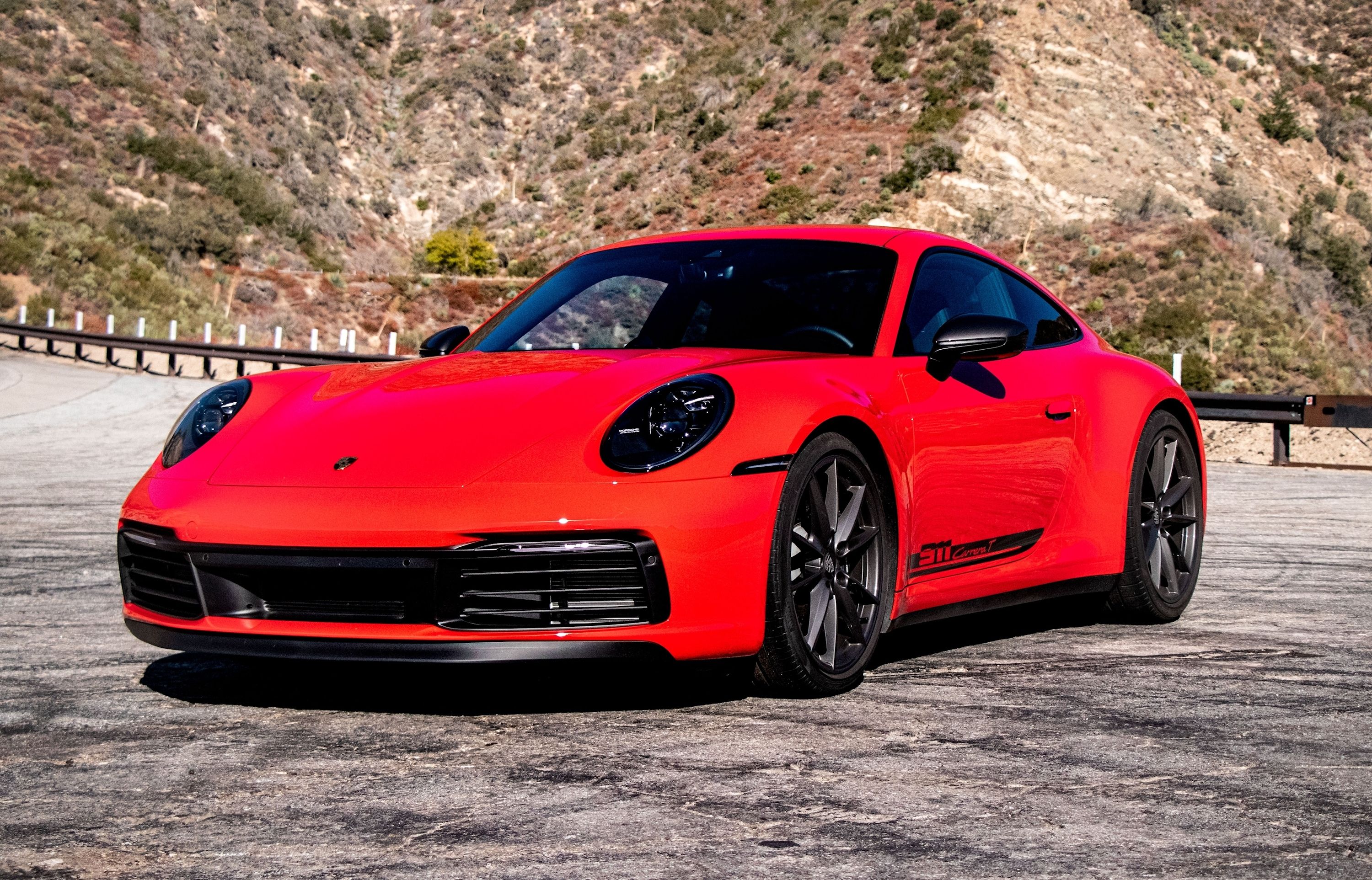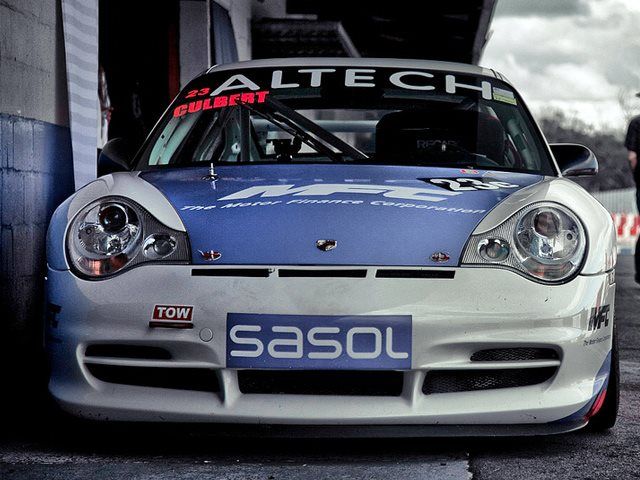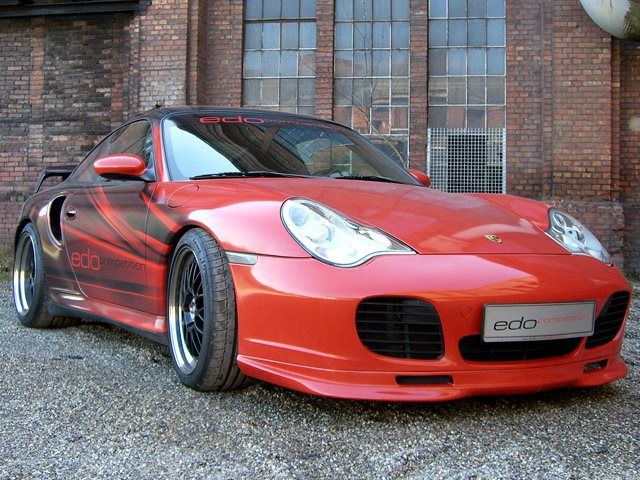
The 996 constituted a major shift in the 911 nameplate, not only because it was the first 911 to have a water-cooled engine, but this was also the moment when the 911 crossed over from being a sports car to being a supercar. It was the generation where the regular Turbo model could finally be said to perform on a level with the 959. Thus it is the Turbo which is the supercar, the Carrera remained a sports car. Sure, you could make a case for GT3 as a supercar.
For the most part, however, the 911 straddles the supercar line, with Turbo models falling on one side and naturally-aspirated models falling on the other. This might sound like quite a shift, and in truth it was. Though much of the technological and design thinking of previous 911 models certainly carried over, not a single major component made the switch from the 993 to the 996. The 996 debuted in 1997 with a 3.4-liter water-cooled and naturally-aspirated flat-6 engine producing 296 horsepower. This was replaced a few years later by a 3.6-liter version of the engine, and horsepower was bumped up to 315.
This was the first generation of the 911 to get a truly all-new design. It is clearly still a 911, but every line of the car was changed. That is to say, it was new for the 911, but not all of it was new for Porsche. Much of the front of the car was identical (both stylistically and mechanically) to the Type 986 Boxster, which had debuted the year before. This included the infamous "fried egg" headlights, a feature which wasn't likely to have been popular even if they hadn't been shared with the Boxster. What made Porsche think that such obvious cost-cutting on their top-end model would be a good idea is unclear.
They really should have expected the ensuing hail of complaints from 911 owners, potential 911 owners, and people who just plain liked to complain. Porsche eventually made the necessary changes to distinguish the two different cars. The redesign was otherwise well-received. Some criticized the interior for being too dissimilar to previous generations, but this didn't mean that there was anything actually wrong with it, and these complains were drowned out by headlight gripes anyway. The 996 Turbo debuted in 2000, and immediately shot to the top of nearly every publication's list of best bargains in the automotive world.
The 911 Turbo performed like a much more expensive car, and with far fewer drawbacks as well. It was even green, relatively speaking, with low carbon emissions and high fuel economy numbers previously unheard of in its segment. The Turbo sported a widebody design different from that of the Carrera. The intercoolers were also moved from the rear spoiler to behind the rear wheels, and the ducts which supply air to these intercoolers are the quickest way to tell the difference between the Turbo and Carrera. The engine for the Turbo was a 3.6-liter unit which produced 420 horsepower.
The car's option list was extensive, but two of the more important items were an upgraded turbocharger and intercooler package which brought horsepower up to 450, as well as a carbon-silicon carbide brakes package. Both of these options were offered as standard for the Turbo S. The 996 also saw the introduction of the Carrera 4S, or "C4S" in Porsche shorthand. This had the brakes, suspension and all-wheel-drive system from the Turbo, as well as the widebody configuration, although the intercooler ducts were left out. Also new for the 996 was the GT3, although the idea behind it was more or less the same as the previous-generations' Carrera RS models.
The engine was different from other Carrera models though, rather than simply being retuned. The first GT3 engine was actually a naturally-aspirated version of the engine out of the highly successful GT1 endurance racer. This engine produced 360 horsepower, but it was later replaced by a version of the engine out of the Turbo, which produced 380hp. This means that the GT3 got Porsche's new integrated dry-sump lubrication system, while non-GT3 Carreras used a wet-sump system. The Turbo equivalent, the GT2, was continued for the 996. It was once again rear-wheel-drive only, and was stripped of a good deal of its amenities for the sake of weight saving.
The engine was the same as that of the standard Turbo, but new turbochargers and intercoolers, as well as engine management software, brought the power up to 489 horsepower. The 996 was also the generation which saw the "911 for the Millennium" edition as well as the 40th anniversary edition of the 911. These were perhaps a bit gimmicky, but they will most likely be worth some serious money one day. In general, the 996 is a car which should be taken very seriously.


